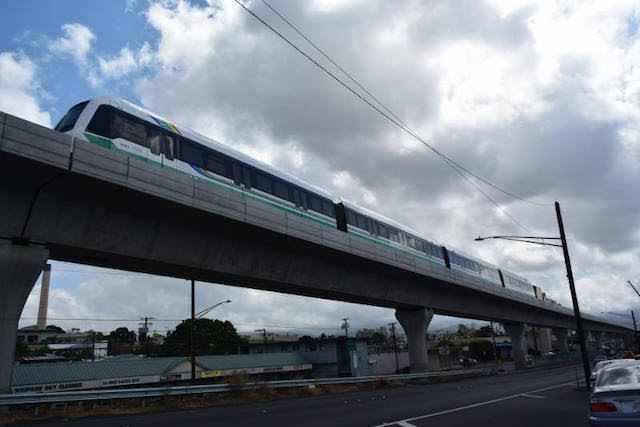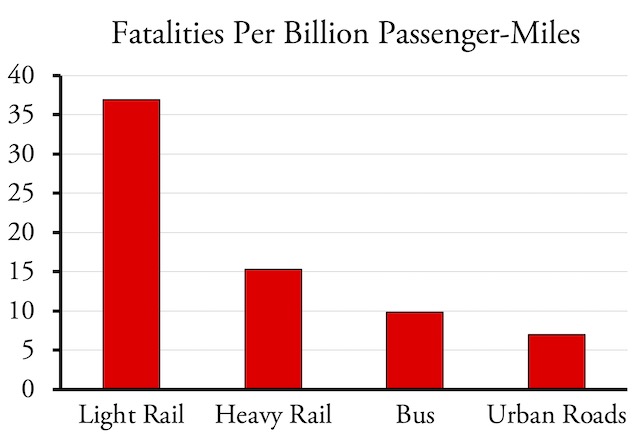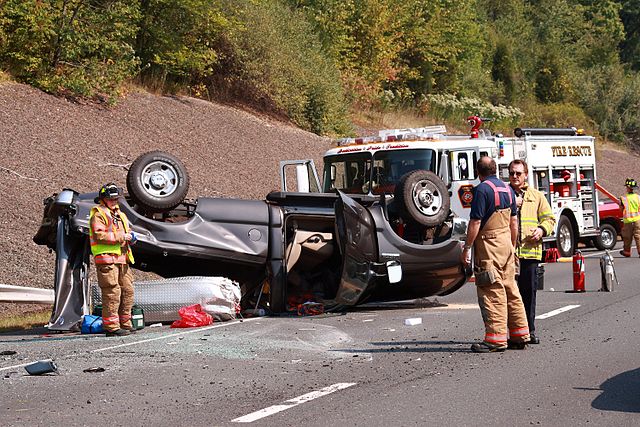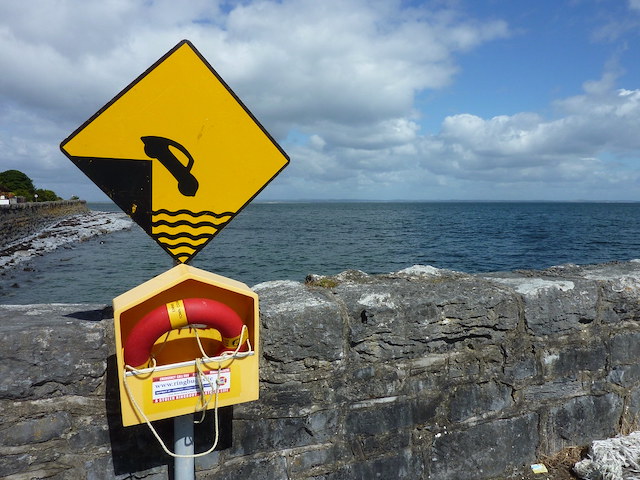Honolulu officials worried that their new train would be “overwhelmed” with riders when it opened at 2 pm on June 30. They needn’t have worried; a local news station reported that “scores of people” lined up to ride the trains, which were free the first five days of operation.
Most trains are running nearly empty. Photo by Honolulu Authority for Rapid Transportation.
In fact, about 9,000 people rode the train the first afternoon. Considering that each train can hold 800 passengers and they ran six times an hour until 6:30 pm, they were operating at about 40 percent of their capacity on opening day. Continue reading














